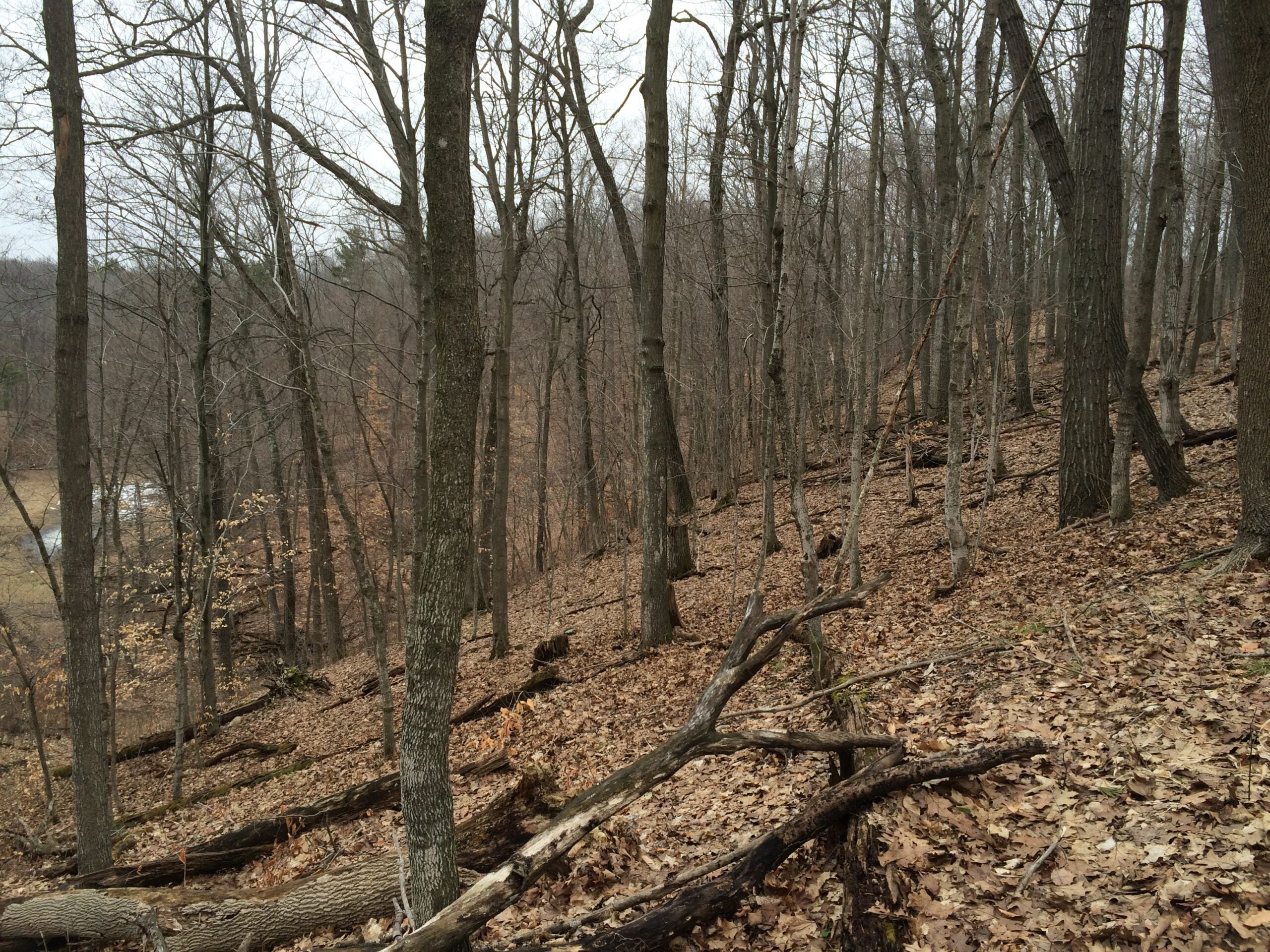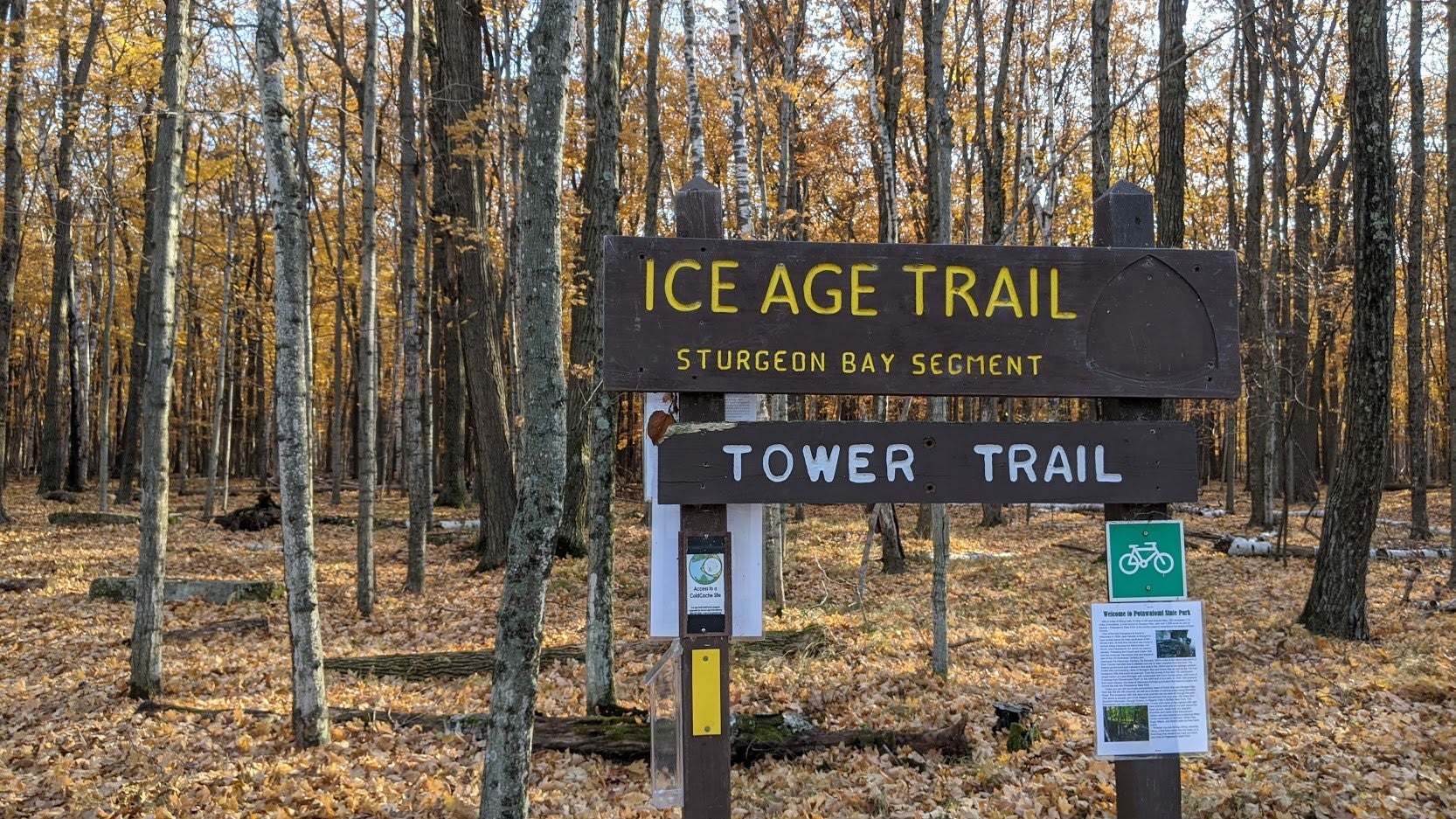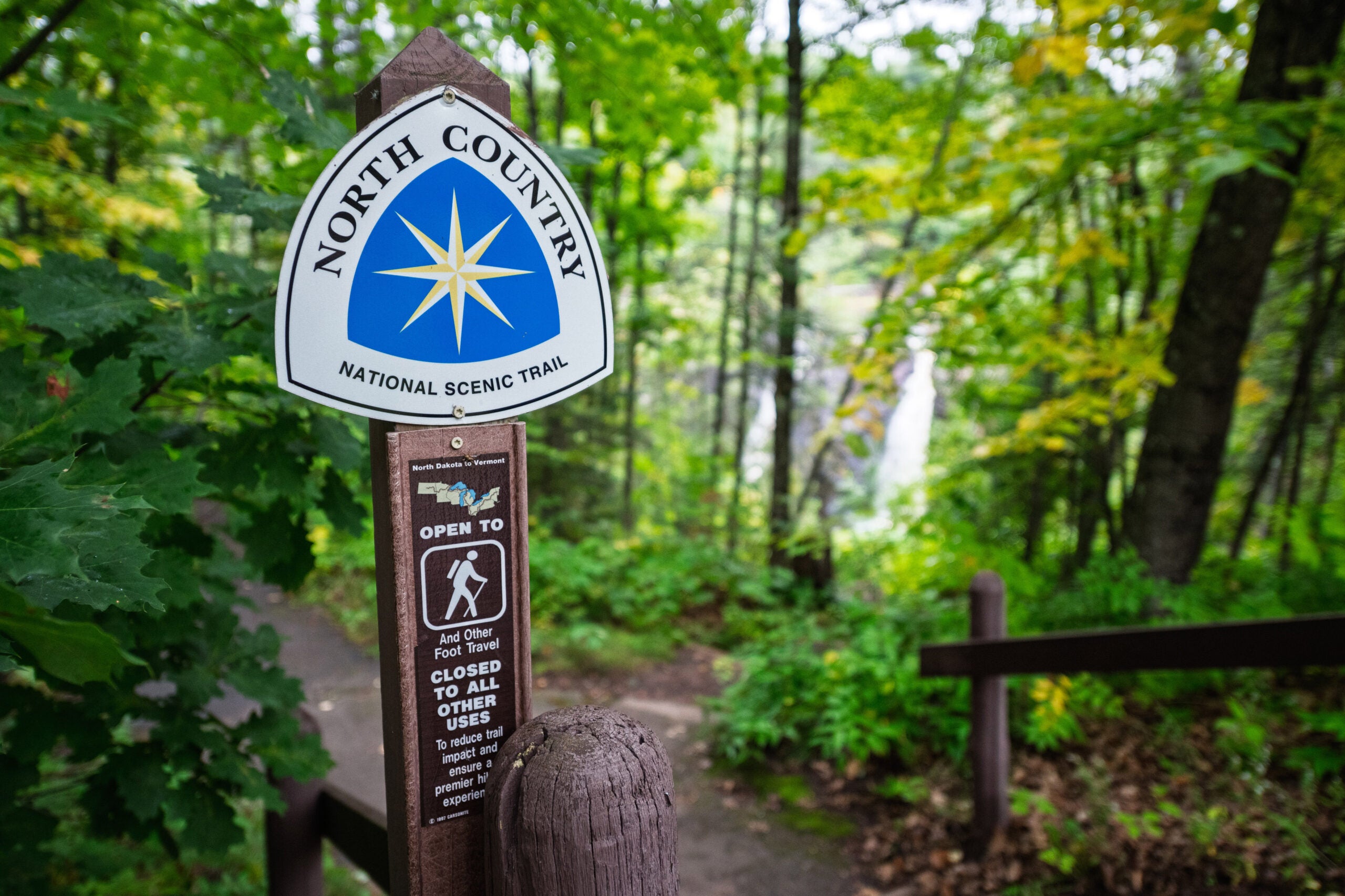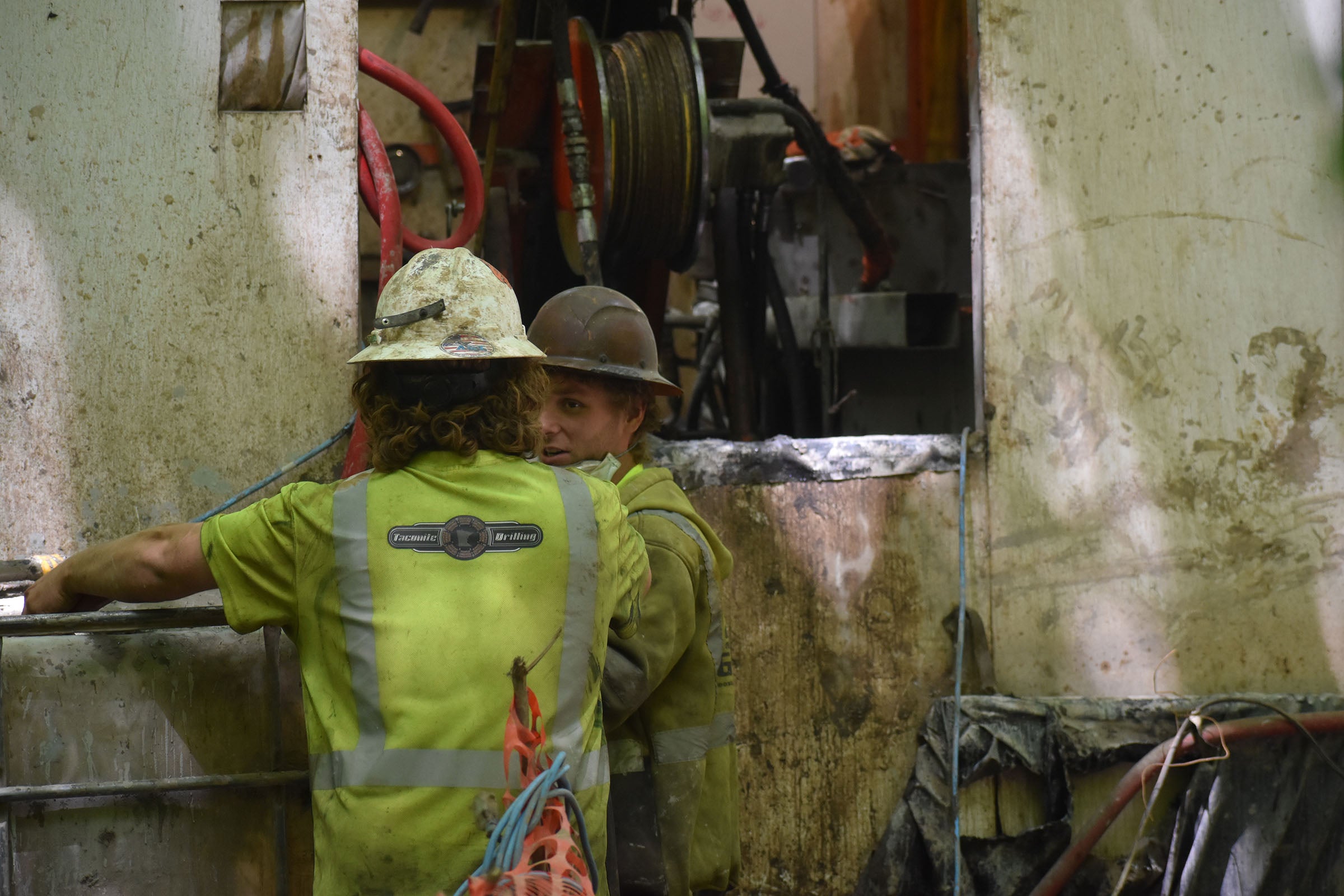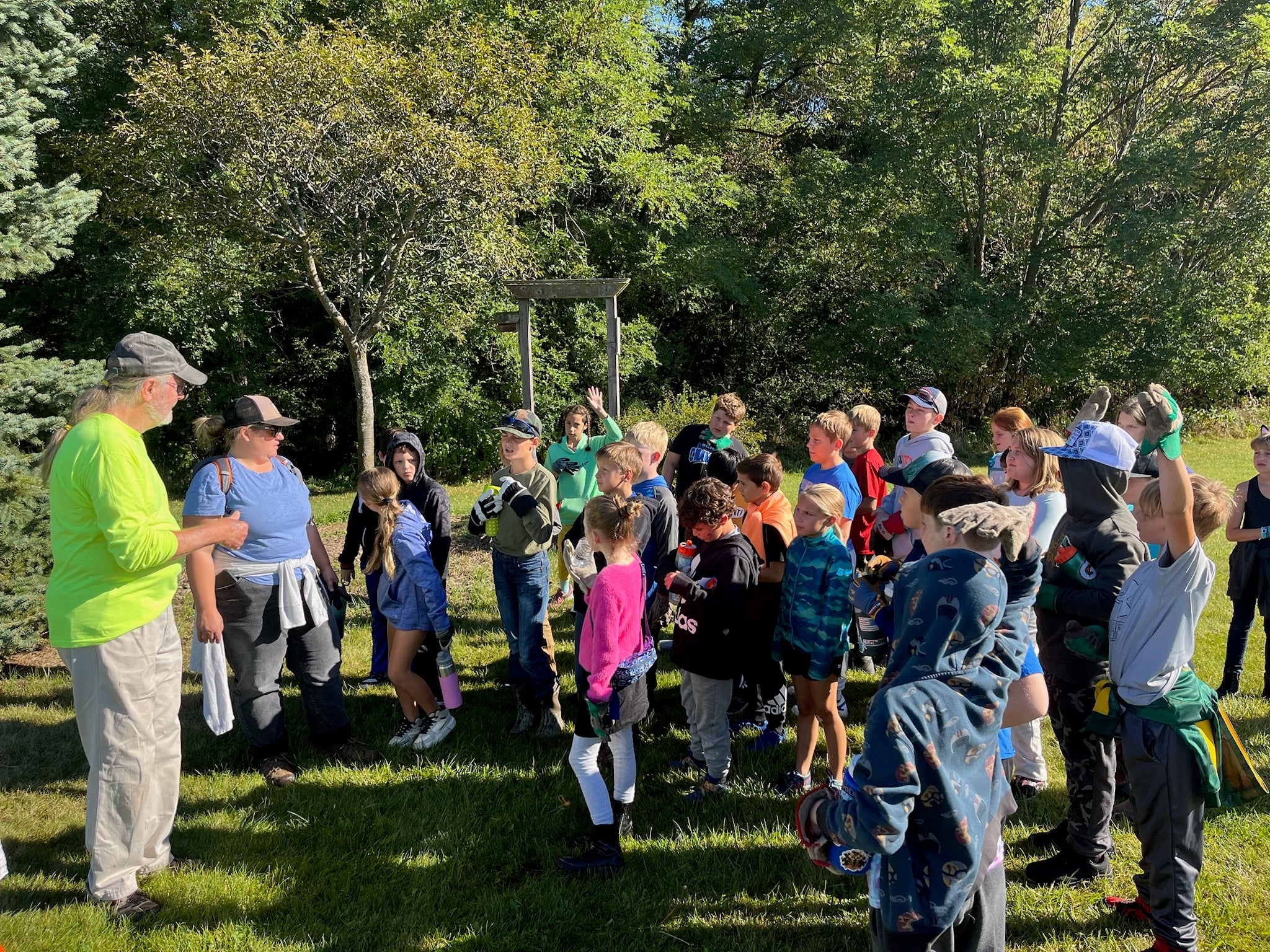Conservationist Kevin Thusius let out a big scream of joy when he heard the news. The Ice Age National Scenic Trail would be getting a little longer.
It all started in 2012. The Ice Age Trail Alliance was in the process of determining where to extend the trail. For years, Thusius — who’s the conservation director for the nonprofit — spent time talking with local landowners, negotiating and inching his way toward closing on acquisitions to extend the long and beloved trail.
“I was incredibly…pretty, pretty darn happy,” he said. “It’s a good thing for everybody because it means we’re just protecting land for the trail, making more trail.”
News with a little more humanity
WPR’s “Wisconsin Today” newsletter keeps you connected to the state you love without feeling overwhelmed. No paywall. No agenda. No corporate filter.
The alliance acquired the 80-acre property in southwestern Manitowoc County this year, marking a decade-long effort to extend the trail. Thusius said he is excited about the Kettle Moraine feature, where the land sits in the northernmost extent of the area.
The new parcel helps connect the 176-acre Brownrigg-Heier Preserve with the 2.3-mile Walla Hi segment of the Ice Age Trail. People can hike along 680 miles of the nearly 1,200-mile footpath. Approximately 60 percent of Wisconsinites live within 20 miles of the trail, according to the nonprofit.
With its rugged, steep hills and wooded scenery, the area will eventually be put to use for the public to traverse. The nonprofit paid $420,000 for the property.
“They’ll see hills, then they’ll see little kettle ponds. They’ll hear frogs in the springtime,” Thusius said.
Dennis Salzman is the former chair of the Town of Schleswig in Manitowoc County, where the land is located. He’s helped the nonprofit protect and purchase parcels of land for many years.
“It’s a beautiful piece of property. It’d be a shame to see someone come in here and develop it,” he said.
“It’s all very rough country, hills and potholes,” Salzman continued. “I’m interested in seeing it stay as it is.”
Thusius said the area could have been turned into several estate homes or a gravel mine.
“The hills get taken down and used for gravel. It could have been clear-cut, so the vegetation would have had to restart,” he said.
Instead, Thusius said the Alliance will work to remove invasive species and allow the forest to mature — becoming prime habitat for species like hawks.
The extended footpath is expected to open to the public next year. Thusius said there’s still some 500 miles the nonprofit needs to obtain to close all the gaps in the trail.
Wisconsin Public Radio, © Copyright 2025, Board of Regents of the University of Wisconsin System and Wisconsin Educational Communications Board.

